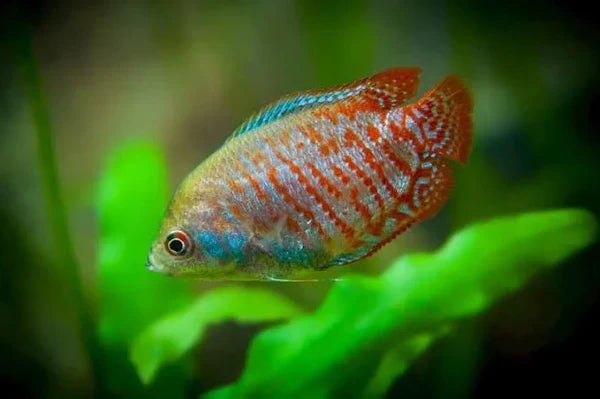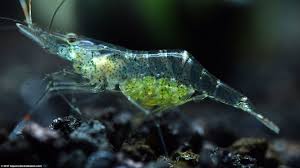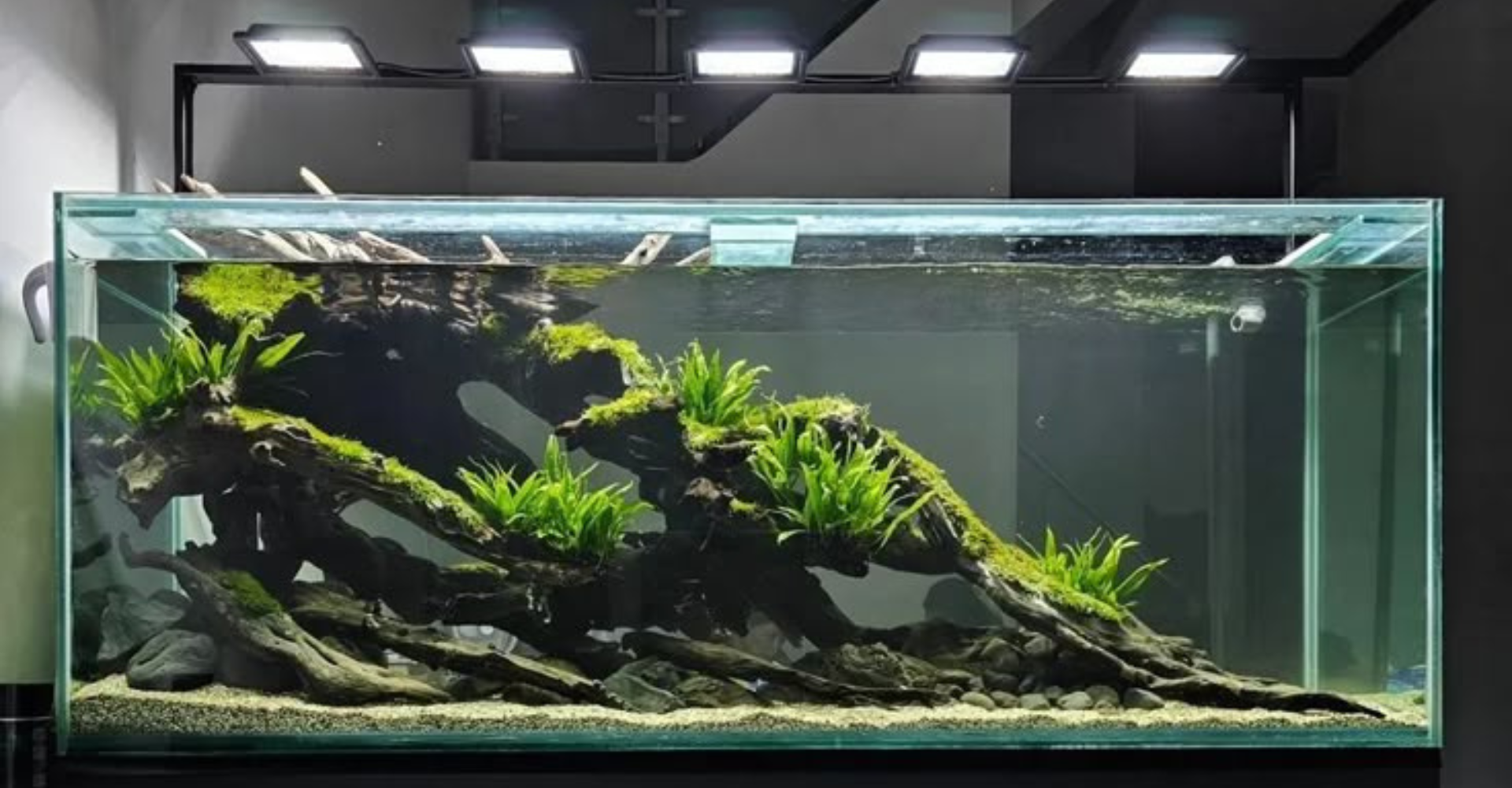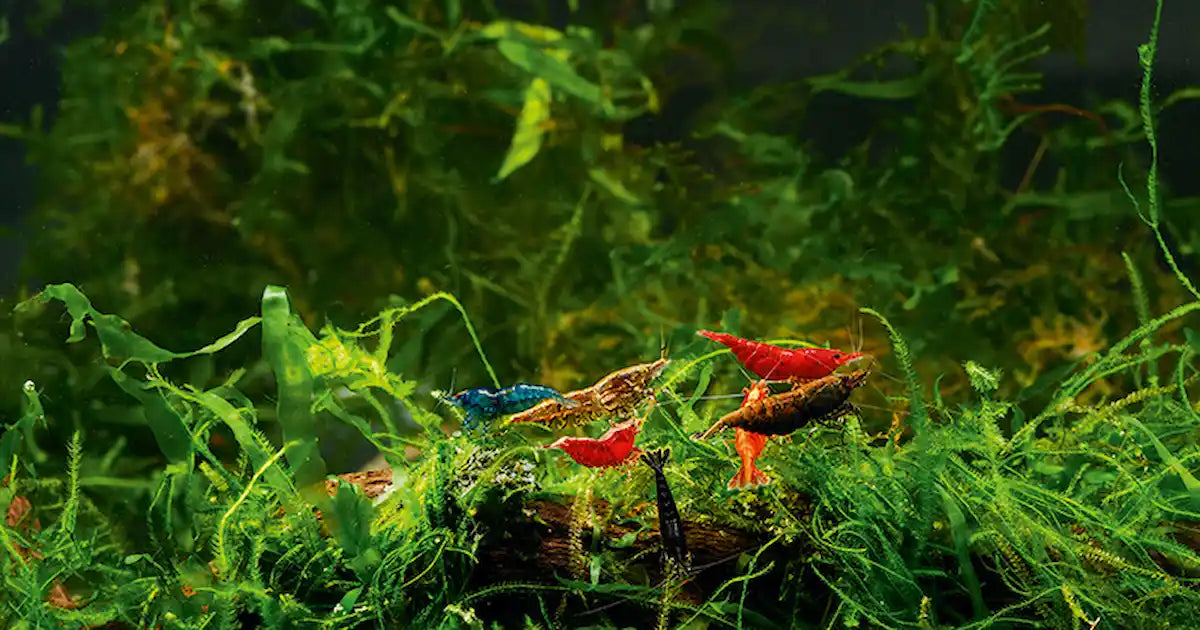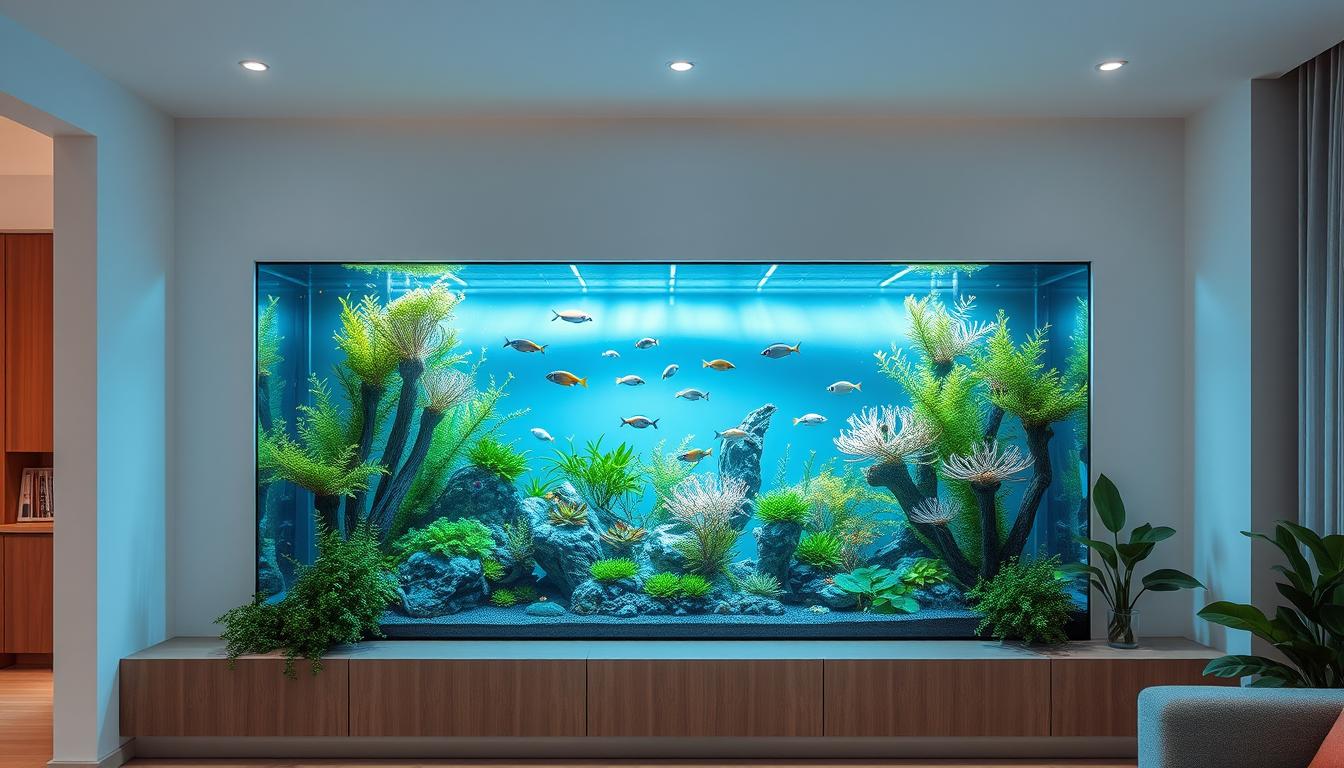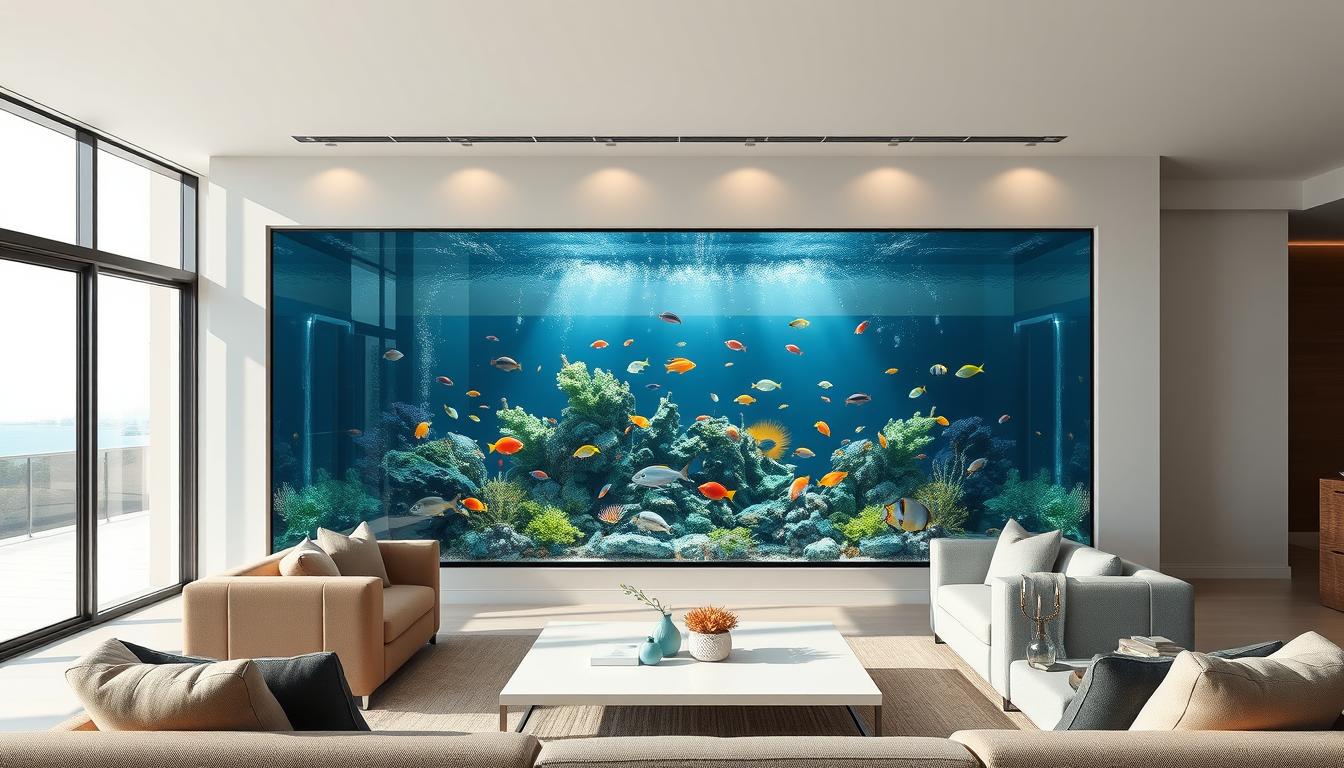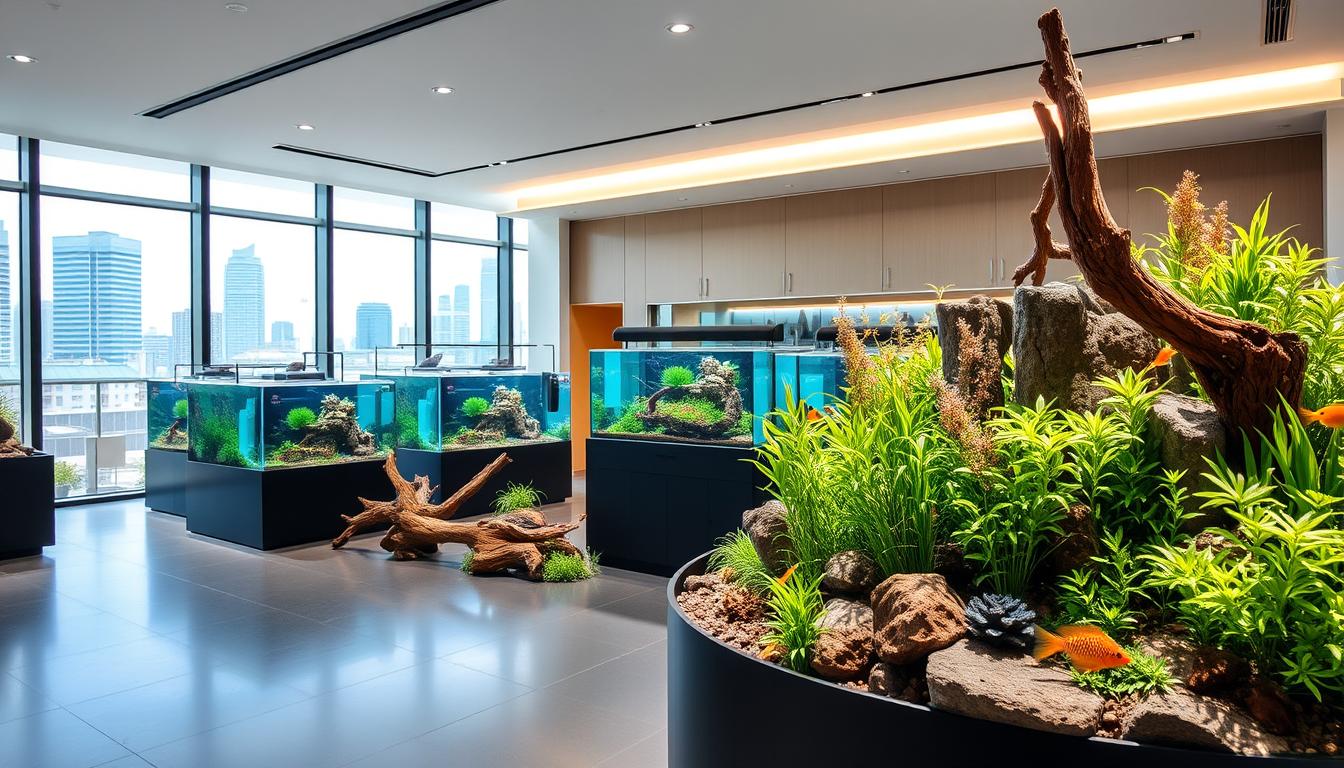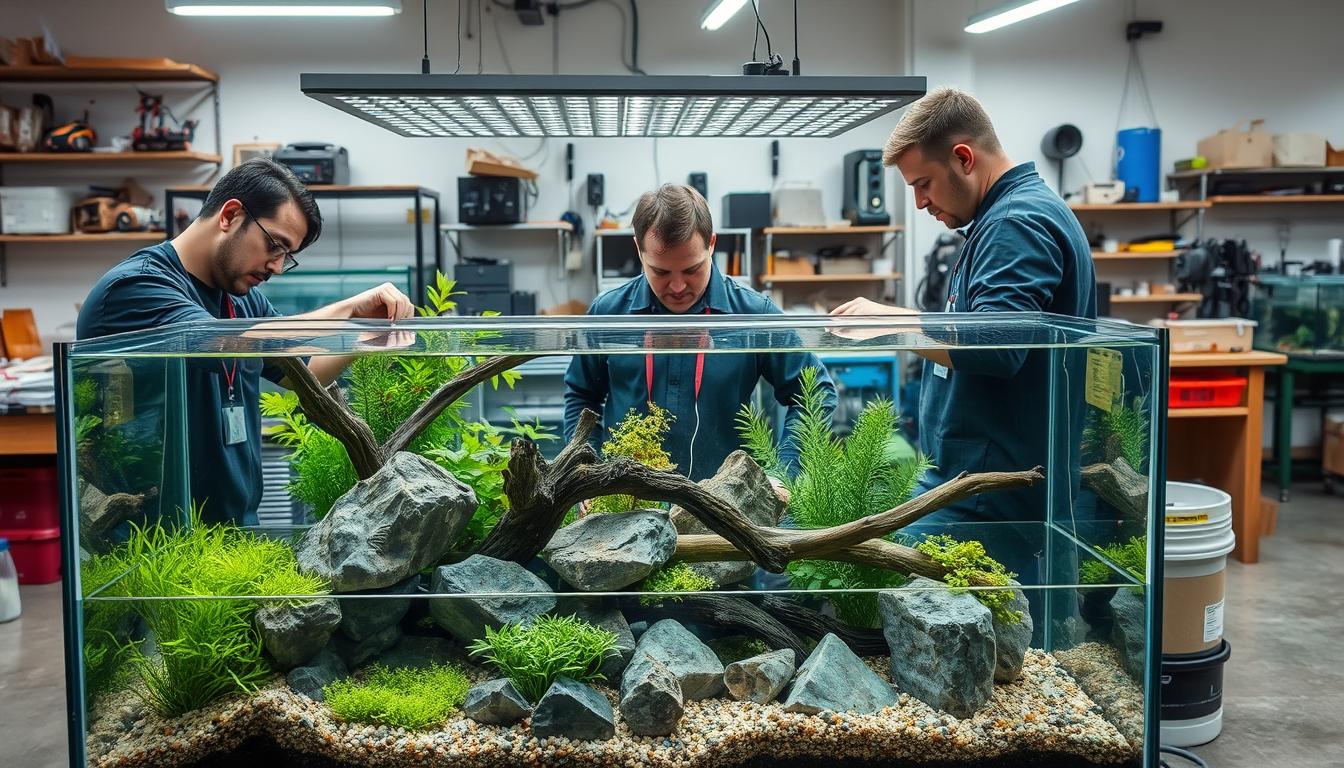Hello, my new aquarists. Welcome back to the MAS's blog post!
You are here means you have planned to decorate your tank with aquatic plants, but you don't know which type of plants to choose and don't know where to start.
You have a lot of questions like:
“Which plants are right for my aquarium?
Should I choose a live plant that is both cheap and beautiful and grows fast?
What kind of tree is easy to grow and does not take time to care?"
And I know, you have a very long list of questions….
I sympathize with you so much, because you are new here, you need to know enough information. And you also want to have the right aquarium plants for your tank.
"️🎶️🎶️🎶You can count on me like one, two, three … I'll be there.
And I know when I need it, I can count on you like four, three, two…And you'll be there. ️🎵️🎵️🎵"
Yes, we are here to support each other and I'm gonna to share with you SIX beginner-friendly plants.
These plants are not only easy for you, but the price is also good and you will know more about where to buy them with clear origin, and extremely high quality.
Are you ready to rock&roll?
Yeah, let's get started!
Subwassertang (Freshwater Seaweed)

This is a specialized plant that many customers buy to add to their fish tank, but the ideal is shrimp.
Did you know shrimp love to climb the subwassertang bush to feed, while your tank has baby shrimp, this is a great place for them to hide and find food.
Subwassertang has the benefit of supplying oxygen to the water by performing photosynthesis, which consumes carbon dioxide produced by fish and releases oxygen into the water column.
They grow as a hedge or into a bush.
💡Unique decorating tip: you use thread to tie the tree and driftwood together.
Make sure you cover every part of the plant as over the next few days it will grow and you won't be able to see the thread.
✅Water parameters to pay attention to:
✅Temperature: 68°F – 86°F (20° – 30° C)
✅pH: 5.5 – 7.5
✅Lighting: Low to moderate.
The customers who bought Subwassertang at Micro Aquatic Shop, what did they say about it? 👇👇


Java Fern Needle Leaf vs. Trident Java Fern.

Java Fern Needle Leaf has narrower and more pointed leaves than the typical Java Fern.
The reason I put these two ferns together is because I know it's hard to distinguish them from each other.
I'll help you figure them out right away.
Java Fern Needle Leaf has narrower and more pointed leaves than the typical Java Fern.
The leaves of the coniferous variant are often more evenly arranged and upright, giving a thorny appearance. The leaves are usually smaller in size than the common Java Fern leaves.
Java Fern Needle Leaf are known to grow slower than some other aquatic plants. This can be advantageous as it will not require frequent pruning.
It can be attached to rocks, driftwood or other decorations in the aquarium.
Java Fern Needle Leaf are relatively unaffected by light exposure. It can thrive in low to medium light.
Similar to the common Java Fern, the Coniferous variety reproduces by producing seedlings on its leaves, which you can detach and replant.

Trident Java Fern has wider leaves with distinct trident-like lobes at the tips, which explains its name.
The leaves of the Trident Java Fern are more irregularly arranged and can be angled, creating a more natural and asymmetrical appearance. The leaves are usually larger than Java Fern Needle Leaf
Trident Java Fern can also be slow growing, but its growth rate can vary depending on tank conditions and care.
The similarity here is that it can be attached to aquarium decorations, they are not demanding in terms of light requirements and can grow well in low to medium-light conditions.
And the main difference between Java Fern Needle Leaf and Trident Java Fern lies in their leaf shape, arrangement and size.
I wrote a detailed article about the benefits of buying Java Fern Needle Leaf and Java Trident Ferns, read the article here.
Let's move on to the next aquatic plant Anubias Nana.

It is a slow-growing plant with hairy, dark green leaves that can grow up to 15 cm.
Anubias nana can be propagated by dividing the rhizome, the thick, horizontal stem, from which the leaves grow. You can separate the rhizomes into sections, making sure each group has plenty of leaves and a healthy root system.
They are known for their hardiness and ease of care, making them a popular choice for beginners.
They can grow in a variety of water parameters, including low light conditions and a wide range of pH levels. It can also withstand various levels of water hardness.
Anubias nana is usually anchored to rocks, driftwood or other aquarium decorations with fishing lines or plant glue, or they can also be free-floated in the aquarium.
💡You should pay attention: DON'T plant them on the substrate because it can lead to root rot.
This is a great plant for cover and shelter for your fish and shrimp.
👉You'll want to watch it for free here.
If you want to add a splash of red to your aquarium, the Rotala Sp 'Colorata' is the right choice for your aquarium.

The reason I like this plant is because of its distinct rose-red to purplish appearance that makes it stand out in the aquarium.
They look like "Set Fire To The Rain" by famous singer Adele.
The leaves are usually narrow and lance-shaped, and they grow in opposite pairs along the stem.
The intensity of the colour may vary depending on lighting, nutrient levels and other tank conditions.
They prefer mild to neutral acidic water conditions (pH around 6.0-7.5) and soft to moderately hard water.
Rotala Colorata can be propagated by cuttings.
You just need to cut a healthy stem with some pairs of leaves, then plant the cut in the medium. Over time, the cut will develop roots and grow into a new plant right in your tank.
Let's read through the review of a customer who was extremely satisfied with the purchase of Rotala Colorata at Micro Aquatic Shop. 👇👇


Also light red leaves but very popular and nice looking - Red Root Floater.
The special thing about this plant is its floating form with waterproof leaves.

Did you know Guppy loves Red Root Floater, they like to hide under the floater's roots to feed, even during spawning they always love to choose the floater roots as a place for the fry.
The Red Root Floater is easy to care for and grows fast in the right conditions.
What I Like About This Plant:
✅Roots and undersides are bright red in any light
✅Overall red leaves under high light
✅Provides shade for areas of the aquarium
✅Very hard and durable in low water flow
✅Temperature: 70° - 82° F (21° - 28° C)
✅ pH: 6.5 - 7.5
✅Light: Low to High
Why do customers always buy aquatic plants at Micro Aquatic Shop?
I'll tell you why…🤔🤔🤔🤔


You can visit at:
Micro Aquatic Shop - Aquarium Fish For Sale Near Me.
Unit 15, 2-8 Daniel Street, Wetherill Park, NSW 2164
Customer support: (02) 8320 3037

